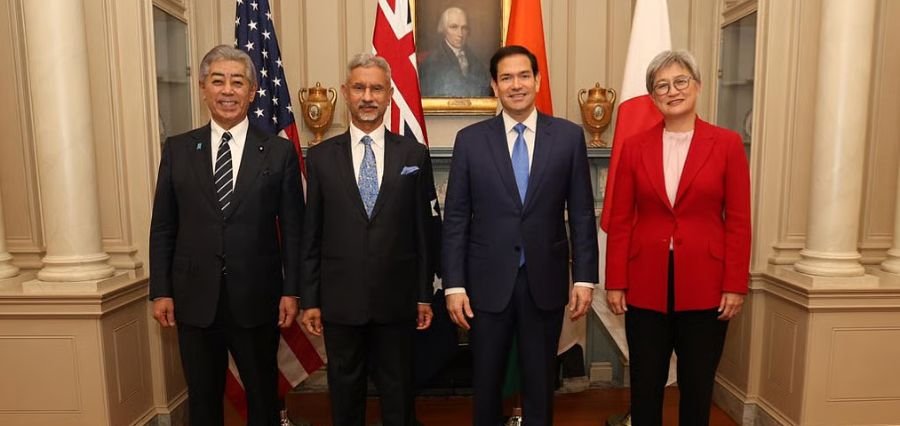Prime Highlights
- Quad nations collaborate to minimize dependence on China for future technologies’ critical minerals.
- Maritime stability and peace of the Indo-Pacific region are also part of the plan.
Key Facts
- Quad Critical Minerals Initiative focuses on assuring and diversified mineral supply chains.
- The leaders were concerned with heightened tensions in the South and East China Seas.
Key Background
The Quad countries have initiated a new push to diversify China dependence in the event of critical minerals. The focus is on cobalt, graphite, lithium, and rare earths for clean energy, electric batteries, defense technologies, and semiconductors. As the world supply chain is already dominated by China, the Quad’s “Critical Minerals Initiative” is an attempt to ensure economic and technological security.
The common concern the joint statement placed first on being aligned in Washington was unilateral action in the Indo-Pacific, specifically those eroding maritime freedom and stability. China was not specifically mentioned, but mention of “dangerous and provocative acts” in the South China Sea and East China Sea was obviously directed at Beijing’s rising assertiveness. Quad leaders gave top priority to international law and peaceful settlement of disputes as essential to regional order.
This plan is part of Quad countries’ initiatives around the world to increase cooperation on security, infrastructure, global warming, and emerging technology. American officials were quick to suggest that the program wasn’t designed to target China but a forward-thinking move to secure clean and sustainable mineral markets around the world. The leaders called on governments to provide processing capacity, refineries, and investment promotion in responsible mining partners.
There are plans in the pipeline to construe China’s control of the strategic mineral supply. It takes long-term investment, geopolitical willpower, and technological sense on the part of Quad members. But the possibility is approaching as there is mounting pressure not to be behind on supply chain threats and economic coercion. The shift also puts more emphasis on the Quad’s emerging function—not anymore as a security coalition, but as a means of shaping global economic and tech standards.







